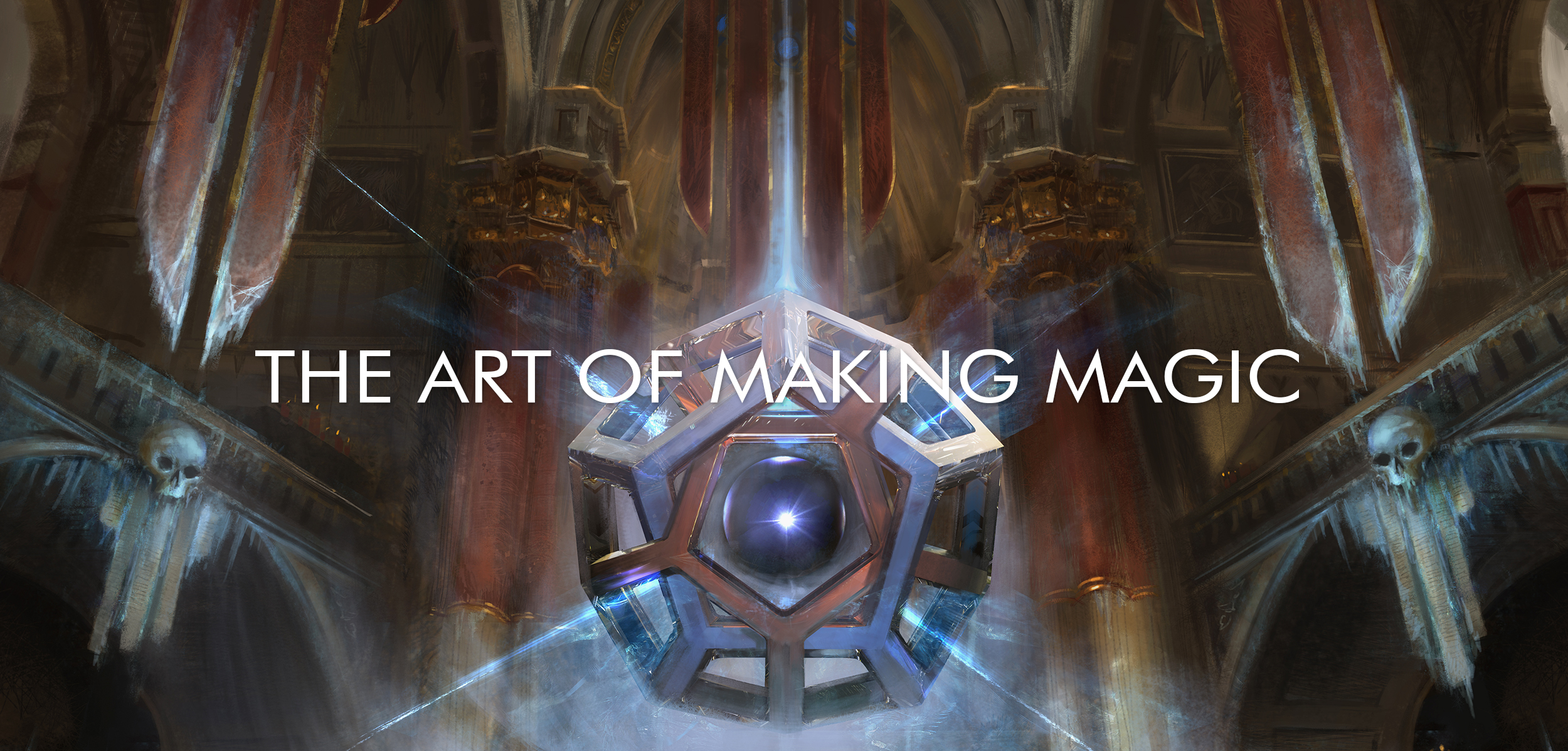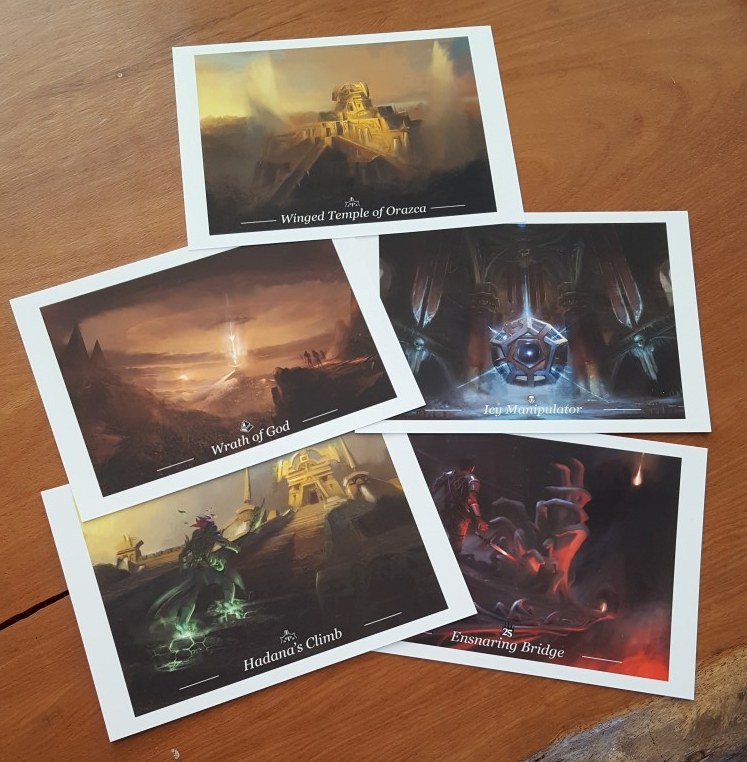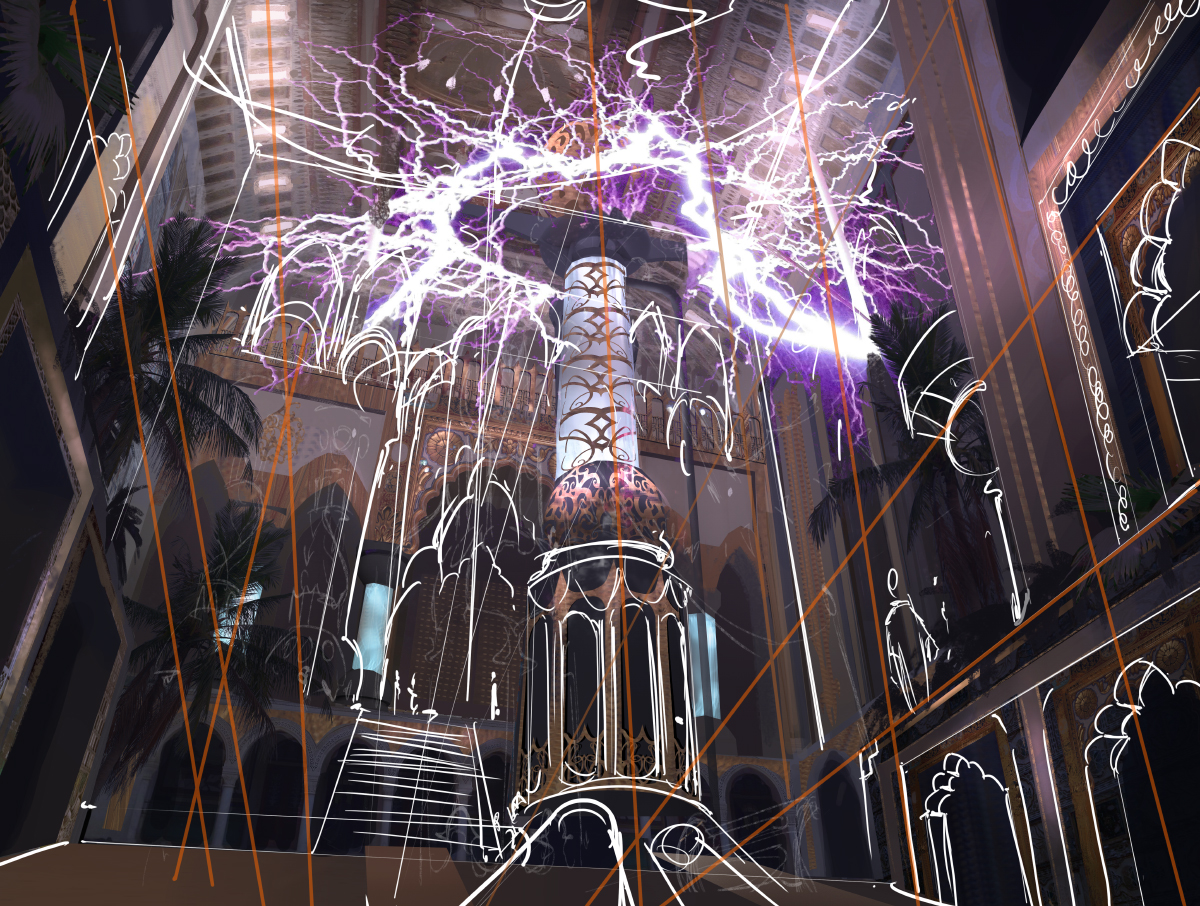Lowering the bar
Hello dear readers and great people all around,
With the season of giving gifts and too much of everything around the corner I thought this would be a great time to take a minute and talk about stress and staying loose. For most of us these months are filled with stress and it’s hard to see the good times through the fog of shopping wars. While I can offer little respite from the stress of shopping and cooking a 14 course dinner for 20 people of which at least a few ungrateful in-laws I can perhaps help with some of the stress at work, especially if you’re stuck trying to improve at painting.
This is not a sprint
Learning is not a sprint. This little nugget of information you get for free. Many of us are very familiar with this concept but we might still catch ourselves trying to push that extra 1% of awesome into a painting when we should’ve called it done ages ago. We try to fix that perspective issue right at the buzzer. Take on that commission that is leagues above our skillset and putting in crazy hours just to get it done. While these things might pay off, the speed of learning, individually speaking, is like a universal constant. Meaning, you can’t learn faster than you can learn. It comes to no ones surprise that learning under pressure almost never goes well. To learn is to take time. Being patient with the material until it makes sense, repeating the material over and over until it clicks. Digging deep until we understand the underlying principles so we not only understand the surface and can repeat what we’ve learned but truly understand it’s workings. If this is so common knowledge to everyone, why do so many of us stress out when we create a painting or are close to finishing one?
Answering this question isn’t easy. Foremost because it’s a very personal thing, though, I do believe there are stereotypes that we all experience. Time for a small journey into the world of discipline and confidence! If we look at the stress resulting from trying to improve a painting beyond our skills we have to consider that each brush stroke we put down has to serve a purpose. Many times there is a disconnect with the principles of art fundamentals and how they actually translate onto the canvas. Meaning, many of us often just put down marks for the sake of it. Rendering bits, noodling, filler. Overall we look at the image and try to apply the knowledge that we have, but how much thought actually goes into every brush stroke? We know what the answer should be. The term ‘brush economy’ gets used a lot, which is more often than not simply describing our attempt to be diligent in our mark making. This means that we see this as a tool to try and do something which should always happen, which is putting down marks with serious consideration to how they improve the painting. The amount of information one mark can convey is astounding. It can inform the viewer about perspective, temperature, time of day, volume and so forth. But do we really see each mark this way?
Maintaining this level of discipline takes a great amount of energy and focus. If you’re reading this as a non artist and have ever wondered how difficult art is, hopefully this will have given you a better idea. Keeping up this discipline means that a lot of the activity during the painting has to be done passively - maintaining active focus costs so much energy that it will drain you out. If it’s done passively it means we are relying on the knowledge we already have, this self confidence is incredibly important to make a great paining. Putting the pieces together it becomes more clear how the masters make painting look easy. Each brush stroke seems effortless. More often than not it’s because they know exactly what each brush stroke should do. They rely on the knowledge they have and are confident they are making the right decision. There is little in the way of trying to learn on the spot. Does this mean we can’t learn during a painting? No, of course we can learn new things but trying to learn the actual fundamentals while trying to do final work, and this is a very important distinction, can lead to stress. It’s hard to know what you dont know but this famous graph highlights a painful contradiction for artists:
We’re constantly fighting between what we can see and what we know how to do. If we’re in a situation where we can see the shortcomings of our paintings we are more likely to try and push ourselves to learn new things and break that barrier. With what I’ve talked about above it’s easy to see that this is highly unproductive and a great way to stress yourself out. So, now what?
Stay loose and redefine what’s good enough
In sport’s, athletes perform better if they are loose. Tense up on a golf stroke? Forget it. Tense up while sprinting? Good luck! If you tense up you turn into a plank and unless that was the goal, you are not achieving a whole lot. Staying loose, both mentally and physically, is therefor also very relevant to us. We need to make sure we put ourselves in a position where we accept our current skill set in the full confidence that learning is happening in the background because we are actively making decisions, each brush stroke, that move us forward. Simply understanding that learning is an ever ongoing process and actively seeking out knowledge to help yourself grow is huge. Not every painting will be a masterpiece, so why would you pressure yourself to try and do so? This is something I was struggling with and my therapist passed on a real gem in the form of a few simple questions.
“If you had to assign a number from 1-10, of which 10 the highest, for the quality of the work you want to deliver, what number would that be?”
A lot of people would most likely answer around 8 or 9 since a 10 would seem fairly unrealistic. Now here’s the followup:
“At which number would you accept the work as good enough?”
I’m going out on a limb and guess it’s pretty close to the original number but slightly lower. For the sake of argument let’s say we all answer 7.5. Seems reasonable right? What you’ve effectively done, according to many school systems, you’ve raised the passing grade from a 5.5/10 to a 7.5 out of 10. Making your margin of success 2.5 points rather than 4.5 points. Let me put this differently. You’ve given yourself a 75% failure rate. That is a steep bar. The question inevitably becomes, how do we lower the bar? How do we make sure that we sometimes take the 6/10, call it a day and don’t beat ourselves up over it?
It’s OK!
It’s OK. It really is. Go on, say it out loud to yourself. “It’s OK that some paintings don’t look as good as I want them to”. Judging the value a painting has had to your overall artistic journey solely based on it’s final look is silly. It does not take into account the struggle and ongoing effort to learn new things. If learning was something that could be forced the world would look a lot different. So go on. Tell yourself that sometimes that 6/10 is good enough and move on. You will continue to learn and grow and make many more paintings.
The more you get to know yourself and figure out how to stay within your confidence the more informed your painting decisions will be and the more loose you can be. The more loose you are, provided you don’t turn into a gelatinous blob, the better you’ll be able to perform your work. As my man Phil from Modern Family has said: “Slow is smooth and smooth is fast”
Now go out into the world and relax. Don’t force it. Ask yourself each time you put down a mark: “What does this mark have to say?”. If you don’t understand something, do some quick studies, a bit of research, and come back refreshed and tackle that problem. Stay loose and ask yourself when it’s good enough. This is not you being a quitter. This is not you slacking off. This is you, understanding art is a long road with no end. This is you understanding that you are never done learning and seeking and pushing on mindlessly for that holy grail painting that once and for all will reveal to you the secrets of our craft is futile. Sorry.
Titus





































































































![Day[9] approves](https://images.squarespace-cdn.com/content/v1/56cdf1fdc6fc08afc05c6c5d/1471602828046-LMBUXA4KU4Q3UQUY1RIN/image-asset.gif)


















